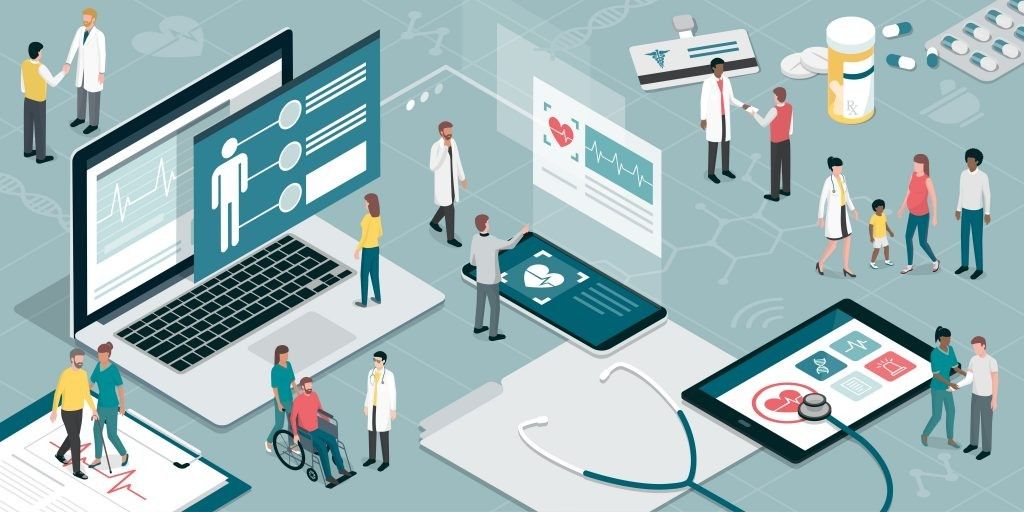
Shift Left has been gaining popularity in the software development community, particularly since 2023. Despite its growing recognition and the clear benefits it offers, it still isn’t common practice for many teams. The Shift Left approach emphasises moving key development activities, such as testing and accessibility, earlier in the software development timeline. By doing so, quality, security, and accessibility are prioritised from the outset, rather than being addressed after the code is written or the software has gone into production.
Benefits of Shift Left
A key advantage of the Shift Left approach is the ability to identify and resolve issues early in the development process. According to industry research, the cost and time required to fix a defect increase exponentially as the software moves further along the development lifecycle. By detecting and addressing issues upfront, teams can significantly reduce costs, improve efficiency, and deliver higher-quality software faster.
This is particularly critical for accessibility, which is often overlooked or perceived as costly when introduced late in the development process. By integrating accessibility testing into the earliest phases, teams can create products that are inclusive and usable for everyone, while avoiding expensive rework later. This proactive mindset is essential in an era where 1 in 5 people have disabilities, representing a significant and often untapped market.
Shift Left and accessibility
Shift Left and accessibility are closely intertwined. Adopting this approach ensures that accessibility is baked into the development process, not bolted on as an afterthought. This leads to digital products that are inclusive from the outset, enhancing the user experience for all users, including those with visual, auditory, motor, or cognitive impairments.
By involving accessibility considerations early, developers, testers, and designers can:
- Address potential barriers during design and coding phases, reducing the effort required to retrofit accessibility later.
- Ensure compliance with standards like WCAG 2.1 (Web Content Accessibility Guidelines), the international benchmark for digital accessibility.
- Foster a culture of inclusivity, where accessibility is seen as integral to quality rather than an optional extra
Accessibility testing tools and the Shift Left approach
Accessibility testing is a cornerstone of creating inclusive digital experiences. When combined with a Shift Left approach, it ensures that accessibility is integrated seamlessly throughout the development lifecycle.
Here are some tools and techniques that help achieve this:
- Screen Readers: Simulations help identify issues for users with visual impairments.
- Colour Contrast Analysers: Ensure readable text for users with low vision or color blindness.
- Automated Accessibility Testing Tools: Tools like WAVE, aXe, and Tenon automate the detection of accessibility issues and provide actionable reports.
- Manual Testing: Manual testing remains crucial, as automated tools only cover about 30% of accessibility guidelines. Testing with assistive technologies and real users provides invaluable insights.
By integrating these tools early in the development process, teams can embed accessibility into their workflows, ensuring smoother development and better outcomes.
The Shift Left mindset
At its core, Shift Left represents a mindset shift—one where teams proactively address challenges like accessibility and security at the earliest stages. This approach not only reduces costs and risks but also fosters collaboration across design, development, and QA teams. With accessibility, this means creating products that are truly inclusive, ensuring everyone can engage with digital experiences regardless of their abilities.
By adopting a Shift Left approach, organisations can deliver software that is not only high-quality and efficient but also inclusive and accessible—setting a new standard for innovation and responsibility in the tech industry.